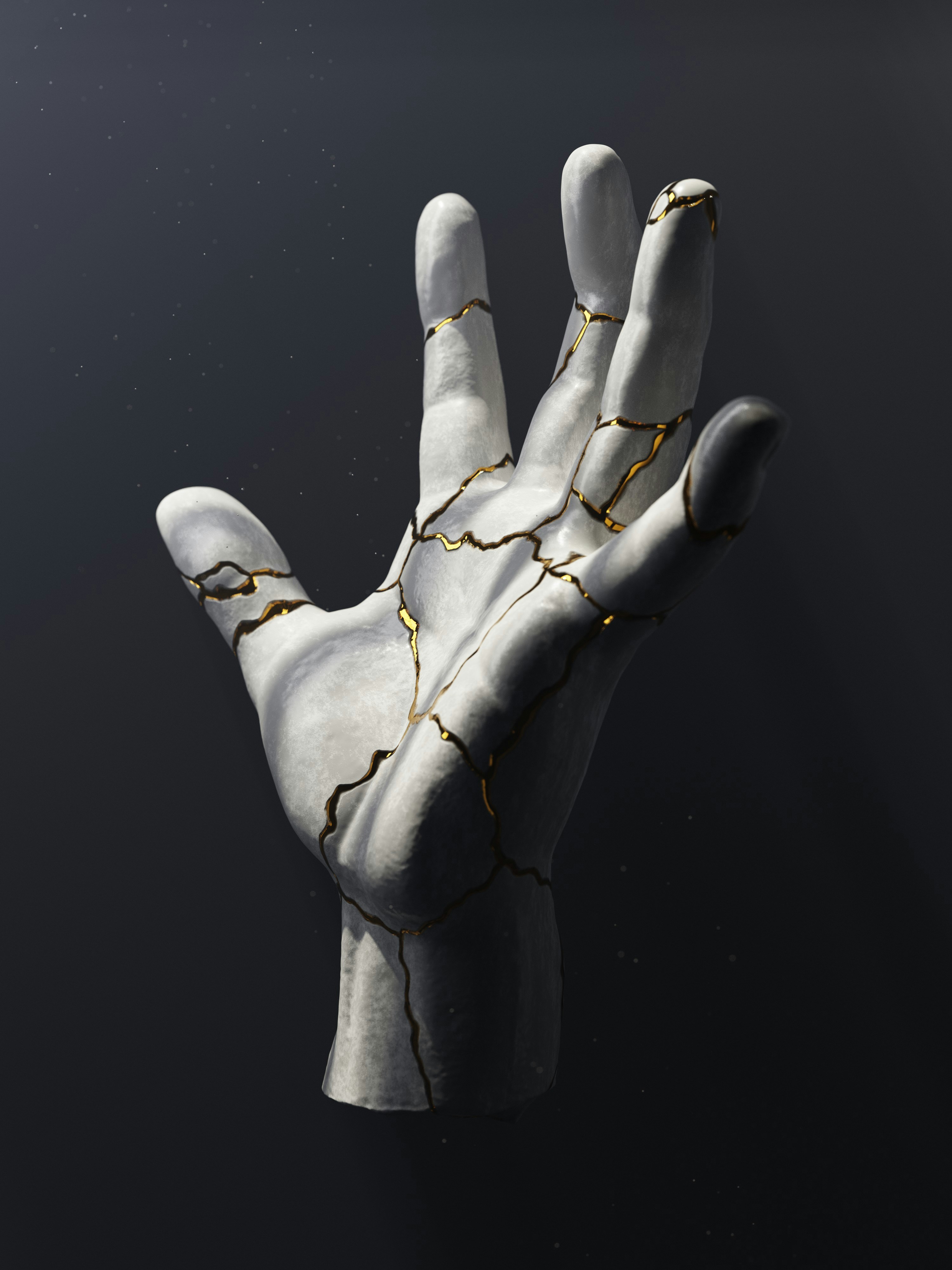Non-surjective Injection Depends on Ordered Bounded Set
The Essence of the “Shift Operator”
The core reason why a linear map on an infinite-dimensional space can be injective (one-to-one) but not surjective (onto) is that it is fundamentally a “shift operator” on a well-ordered infinite basis. This operator acts by re-arranging the basis elements, leaving a “gap” or “empty slot” at the beginning that can never be filled.
This phenomenon requires three key properties of the underlying space:
-
A Well-Ordered Basis: The space must have a basis that can be put into a specific order, with a clear “first” element. This is what allows for a sense of “before” and “after” in the space.
-
A Minimum Element: The ordered basis must have a starting point or a “minimum element.” This is the crucial “boundary” that the shift operator moves away from.
-
Infinity: The space must be infinite-dimensional so that the shift can continue indefinitely without running out of basis elements. If the space were finite, an injective linear map would necessarily be surjective.
The Phenomenon in Action
We explored two key examples that illustrate this principle:
-
The Right Shift Operator on Sequences: On the space of sequences (x1,x2,x3,…), the operator is defined as L(x1,x2,x3,…)=(0,x1,x2,…).
-
Injective: Yes, because no information is lost; the original sequence can be recovered.
-
Not Surjective: No, because the image of the map consists only of sequences that start with a zero, leaving out the infinite number of sequences that do not. The “zero” at the beginning is a placeholder for the “empty slot” created by the shift.
-
-
Multiplication by x on Polynomials: On the space of polynomials, the operator is defined as L(P(x))=x⋅P(x). As we discovered, this is mathematically equivalent to the right shift operator.
-
The “indices” are the powers of x (0, 1, 2, …), which form a well-ordered infinite set with a minimum element (0).
-
The “shift” moves every term to the next higher power, leaving the constant term (the x0 coefficient) as the “empty slot.” Only polynomials with a zero constant term are in the image.
-
Conclusion
The “zero” in these examples is not a special numerical value but a representation of a unoccupied part of the space. The “zero-end-bound” is a perfect description of this phenomenon: an injective-but-not-surjective linear map must shift a space with a “beginning,” leaving that beginning as an unreachable part of the image. The existence of such maps is a fundamental characteristic that distinguishes infinite-dimensional spaces from their finite-dimensional counterparts.




